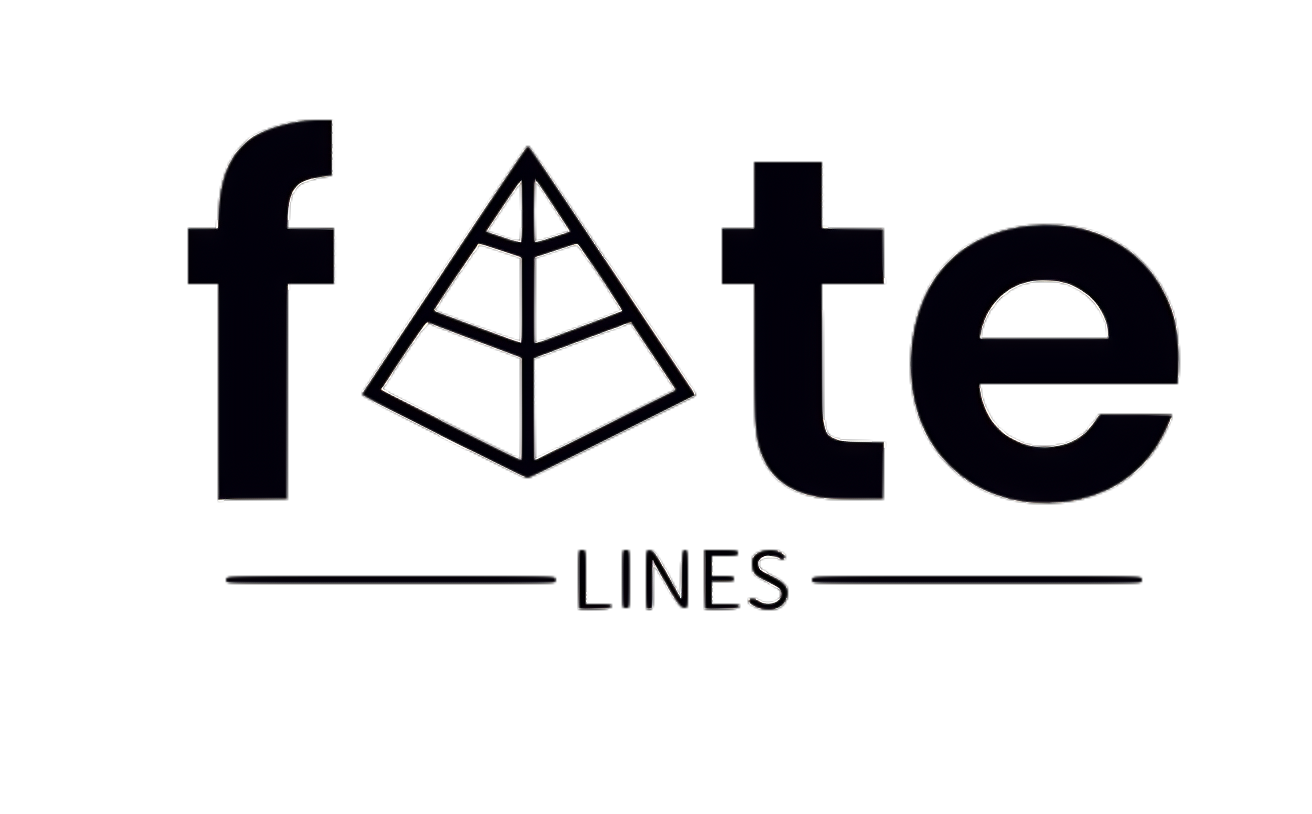The Nuckelavee: A Terrifying Legend from Irish Mythology
Mythology serves as a mirror reflecting societal fears, giving voice to the invisible forces perceived as threats to life and security. Among myths from Irish and Scottish folklore, the Nuckelavee emerges as one of the most alarming entities—a grotesque creature believed to rise from the sea, spreading devastation and dread. Although it may not hold the same notoriety as other mythical beings, the Nuckelavee evokes pure horror with its twisted form and origins. It symbolizes chaotic natural forces, sickness, and violence, transcending the confines of water and land.
The story of the Nuckelavee is deeply embedded in the oral traditions of the Orkney Islands, situated north of Scotland, a region heavily shaped by both Irish and Norse myth. In these coastal regions, the sea was integral to life, providing meals but also posing dangers through storms, maritime disasters, and outbreaks of illness. Hence, the Nuckelavee epitomizes these imposed fears.
In this examination, we will delve into the history, traits, and cultural importance of the Nuckelavee within Irish and Scottish folklore. We will consider its association with other mythical beings, its deeper meanings, and how the legend has been preserved over generations. This exploration reveals the Nuckelavee’s dual role—a cautionary figure and a representation of humanity’s precarious relationship with nature.
1. Nuckelavee: Etymology and Origins
The term Nuckelavee likely stems from the Orcadian word “knoggelvi,” which has roots in Norse language. This creature is sometimes associated with the nokk, a shape-shifting water spirit from Scandinavian tales—either disguising itself as a stunning horse to ensnare its victims. Nevertheless, the Nuckelavee stands as a far more horrifying and grotesque being than the nokk or its Irish counterpart, the kelpie.
While unique to the Orkney Islands, its tale echoes traits of other maritime creatures prevalent in Irish and Scottish myth. The Nuckelavee embodies various fears held by coastal societies concerning the sea and its unpredictable hazards. More than a mere water spirit, it symbolizes malevolence and ruin.
The distinct geography and daunting maritime climate of the Orkney Islands provided an ideal backdrop for the tale of the Nuckelavee to develop. The sea represented both sustenance and peril; thus the emergence of such monstrous stories explained unexpected calamities like shipwrecks or the rise of illness.
In some respects, the Nuckelavee shares traits with another fearsome mythical race—the Fomorians in Irish lore. Like the Nuckelavee, these were monstrous sea creatures engaged in conflict with the Tuatha Dé Danann, depicting chaos and devastation tethered to the raw forces of the ocean.
2. The Nuckelavee: A Nightmarish Appearance
What primarily distinguishes the Nuckelavee from numerous other mythical entities is its horrifying and grotesque appearance. Although accounts differ slightly, they all converge on a vision of a creature that defies comprehension—a disturbing hybrid of man and horse, combining the worst aspects of both.
a. A Horse and Its Terrestrial Rider
The Nuckelavee is often envisioned with the body of a horse, but instead of a typical rider, a grotesque humanoid figure arises from its back. This figure is typically oversized, possessing long, spindly arms that nearly touch the ground and an enormous, gaping mouth. Its head is swollen and hideous, sporting a single glaring, bloodshot eye that radiates malice.
The horse, too, is grotesque and far from ordinary. Its skin-less body reveals raw flesh beneath, with black blood coursing through visible veins. Exposed sinews and muscles seem to battle against the open air, and an awful stench of decay trails behind the Nuckelavee. Certain tales even suggest that its horse has fins instead of legs, underscoring its maritime connections.
A particularly horrifying aspect of the Nuckelavee is its ability to defy nature. It blends horse and rider into a surreal hybrid, creating an abomination that evokes pure dread. Its movements appear unnatural, and its existence embodies an insult to nature itself.
b. A Breath that Brings Death
Another defining characteristic of the Nuckelavee is its noxious breath, believed to unleash pestilence, blight, and death upon everything it encounters. This feature links the creature to other mythological figures associated with disease, such as the Morrígan, the goddess of death and war. While the Morrígan tends to appear on the battlefield, the Nuckelavee’s malevolence primarily spreads through the air, particularly via its poisonous breath.
In folklore, the Nuckelavee’s breath can wither crops, decimate livestock, and instigate human epidemics. In the tightly-knit communities of the Orkney Islands, where illnesses might expand quickly, the Nuckelavee offers an explanation for sudden illnesses or famine.
The creature’s links to illness might reflect endemic fears of the unpredictable forces of the sea. Fishermen who dared to navigate treacherous waters or disrespected the ocean’s might could find themselves under the Nuckelavee’s influence. Its breath serves as a metaphor for the deadly forces that can rapidly engulf a community.
3. The Domain of the Nuckelavee: Merging Land and Sea
Although primarily a creature of the sea, the Nuckelavee isn’t strictly aquatic. Unlike other water-bound monsters, it can traverse ashore and wreak havoc on land as well.
a. The Sea’s Danger
The Nuckelavee’s origins as an aquatic horror perfectly encapsulate a prevalent theme in Irish and Scottish lore: the sea as both a sustainer and a destroyer. For coastal dwellers, the ocean was crucial for survival, supplying food and transportation. Yet, its unpredictable nature could shift unexpectedly, resulting in tempests, shipwrecks, and drownings. The sea, while providing abundance, also posed immense threats.
With the Nuckelavee embodying the darker aspects of the ocean, it serves as a reminder of human vulnerability. The sea, although generous, remains uncontrollable, and the Nuckelavee’s vengeance symbolizes the potential costs of coexisting with it.
b. Ashore with Chaos
When the Nuckelavee emerges from the waves, it arrives intent on chaos and havoc. It is said to rise during periods of drought, famine, or disease when communities find themselves at their most vulnerable. Its arrival signifies a blight, ushering in more decay and suffering.
Certain versions of the myth stipulate that the Nuckelavee can only come ashore under specific conditions, such as particular winds or phases of the moon, reflecting the supernatural interaction with nature; even tides and winds seem laden with magical implications.
However, the Nuckelavee does possess vulnerabilities, notably its incapacity to cross freshwater. Thus rivers and streams serve as protective buffers, offering a sanctuary from its wrath. In a world dominated by seemingly insurmountable threats, the notion that a simple stream can provide safety against such horror gives a sense of hope.
4. The Nuckelavee: Fear Personified and Nature’s Fury
The Nuckelavee’s role extends beyond being merely a horrific entity; it embodies deep-rooted fears about the uncontrollable forces of nature, illness, and the fragility of human existence.
a. The Fear of Illness and the Unknown
The Nuckelavee’s lethal breath parallels society’s anxiety around disease. In isolated Orkney communities, where medical understanding was limited and outbreaks could sweep through quickly, afflictions were immediate and terrifying. The Nuckelavee rationalized these unfortunate events, its toxic breath symbolizing unseen threats that could obliterate populations without notice.
This link between the Nuckelavee and illness can also be found in other mythological beings. While the banshee foreshadows death in a more passive role, the Nuckelavee actively enacts destruction, making it an all the more fearful figure representing both death’s inevitability and the malevolent forces causing it.
b. Manifestations of Nature’s Anger
Moreover, the Nuckelavee symbolizes nature’s fury. As a creature born from the sea, it represents a force humanity has struggled to comprehend or tame. The ocean’s unpredictable storms and treacherous depths reward life yet can bring death. The Nuckelavee embodies this perilous aspect of the sea, reminding humans of their fragility amidst nature’s grandeur.
Its ability to traverse both sea and land underscores the notion that no refuge exists from nature’s wrath. Unlike other sea-bound entities, the Nuckelavee can pursue its prey onto land, creating relentless tension for those trying to escape its malign presence.
5. Overcoming the Nuckelavee: Folklore and Protections
Though fiercely formidable, the Nuckelavee is not invulnerable. According to folklore, ways exist to shield oneself or even abase the creature.
a. Freshwater’s Protective Properties
One well-known weakness of the Nuckelavee is its inability to cross freshwater. This aspect, revered in numerous tales, offers humans a chance to evade its pursuit. Rivers and streams serve as natural fortifications that encircle villages and individuals, acting as protective barriers.
Here, the theme of water’s purifying and protective nature recurs in Celtic mythology. Freshwater, particularly flowing streams, often represented division between the human realm and otherworldly dangers, granting safety to those who successfully cross.
b. The Sea Mither: A Benevolent Force
In some narratives, the Nuckelavee is countered by a nurturing spirit known as the Sea Mither. This figure embodies the ocean’s tranquil and life-affirming aspects, contrasting the destructive energies of the Nuckelavee.
Legends tell of an eternal battle between the Sea Mither and the Nuckelavee, with the former gaining strength during summer while the latter emerges in harsh winters. This seasonal conflict mirrors the ocean’s changing nature and its effects on human life.
During the Sea Mither’s reign, humanity may call upon her spiritual strength for protection against the Nuckelavee, persuading her to tame the sea and confine the malevolent creature to its depths.
6. The Nuckelavee’s Influence in Contemporary Culture
Though it remains lesser-known in the broader mythology sphere, the Nuckelavee’s legacy has carried into modern literature and fantasy. Its horrific form and connections to disease and destruction make it an enticing figure for creators exploring themes of fear and the unknown.
a. Fantasy and Media Representations
The Nuckelavee appears in numerous fantasy works, often depicted as an ominous and powerful foe. Its hybrid identity lends itself to dark fantasy narratives, with authors like Neil Gaiman and Diana Wynne Jones drawing upon its terrifying imagery to craft memorable villains.
In contemporary tales, the Nuckelavee typically embodies decay, pestilence, and corruption—a fitting embodiment of unchecked might and the hidden dangers within nature’s realms.
b. A Symbol of Modern Dangers
The Nuckelavee’s role as a harbinger of illness and chaos renders it a metaphor for today’s uncontrollable forces that can disrupt human societies—be it environmental catastrophes, pandemics, or climate crises. Like the Nuckelavee, these dangers can strike unexpectedly, wreaking havoc on lives.
Its hybrid identity also makes it symbolic of the abominable and unnatural, illustrating fears surrounding the disintegration of the natural order. The monstrous fusion of horse and human challenges inherent boundaries, showcasing chaos and disorder.
In conclusion, the Nuckelavee emerges from the collective fears of coastal populations, personifying the threats posed by the ocean, disease, and uncontrollable forces of nature. Its grotesque form and malicious influence render it one of the most chilling figures in Irish and Scottish lore. Though not as recognized as other mythological beings, the tale of the Nuckelavee endures, serving as a cautionary narrative about human existence’s frail balance against the forces of nature.


